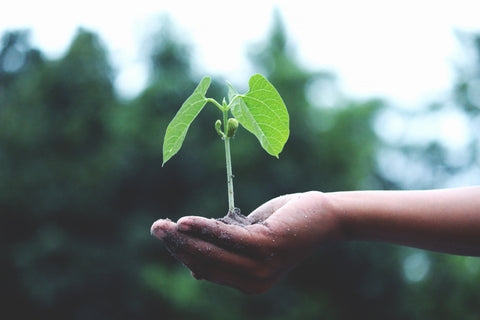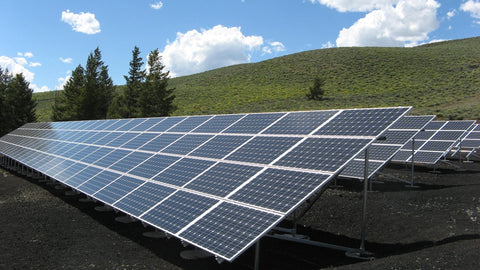Regarded as the second most polluting industry in the world, the growth of the fashion industry has had a disastrous impact on our environment. As it grows, the negative effect keeps multiplying.

A study released by the WHO (World Health Organization) revealed that almost 20,000 people die every year from pesticide poisoning. And all this because we, remotely anyone associated with the fashion industry, are not careful enough.
Fashion and its impact on our environment are tremendous. If we are not careful enough, we and our future generation will have to pay a considerable price.
So, how can we amalgamate our fashion aspirations with concerns for nature? The first step is awareness, followed by the willingness to change.
Recommended Reading: Being Thoughtful, Responsible and Sustainable
Let’s analyze the impact of fashion on our environment in detail while also realizing ways to fix it.
Water pollution: Fashion & Its Contribution

Most countries that actively participate in producing garments dump untreated toxic wastewater into rivers. This toxic wastewater contains substances such as mercury, lead, and arsenic, to name a few. Not only do these harm the aquatic life but affects the health of million people living near those rivers.
The contamination ultimately reaches the sea and eventually spreads across the globe.
The fertilizers used for cotton production is one of the significant sources of water contamination. These pollute runoff waters heavily.

How to deal with it?
- Opt for organic cotton and natural fibers that do not require chemicals to be produced
- As consumers, buy clothes from brands that have strict environmental policies
Also Read: Why Sustainable Fashion Matters?
Consuming water

Source: The Guardian
These facts are disturbing to the core. The fashion industry is a forerunner in water consumption. Almost 200 tons of fresh water is required to dye one ton of fabric. According to stats, up to 20,000 liters of water are used to produce just 1 kg of cotton.
The entire process of growing cotton puts pressure on local resources which are already scarce. Producing cotton also has drastic ecological consequences.

How to deal with it?
- Pick clothes made of fibers such as organic cotton that have less water consumption
The disposable aspect of fashion
Over the years, clothing has become disposable, resulting in the generation of more textile waste. In western countries, a family throws away around 30kg of clothes every year. Out of this, only 15% is recycled or donated. The rest 85% is either incinerated or disposed to the landfill.
Synthetic fibers like polyester take up to 200 years to decompose. And guess what, 72% of our clothes contain polyester.

How to deal with it?
- Always recycle your old clothes
- Buy better quality clothes
Bonus Tip: Organic vs Conventional Cotton: Who Wins?
Fashion and chemicals: A bond made in factories

Our clothes constitute of chemicals. Right from fiber production to dyeing, each step involved in the production of garments uses chemicals.
In cotton farming, the use of heavy chemicals leads to the premature death of farmers, along with the pollution of massive freshwater and soil degradation.

How to deal with it?
- Choose brands that are sustainable
- To avoid skin infections, wash new clothes before using them

- Purchase garments that come with labels such as OEKOTEX, GOTS or BLUESIGN
Also Read: Tales from the field
Emission of greenhouse gases

The fashion industry is responsible for generating greenhouse gases and accounts for 10% of global carbon emissions.
Most synthetic fibers such as nylon, acrylic, and polyester are made from fossil fuels and consume more energy for production. These also emit gases like N2O, which are 300 times more harmful than CO2.

How to deal with it?
- Buy better quality clothes from trusted sustainable brands
- Buy garments produced in countries that use renewable energy
Destroying our rainforest

Every year, thousands of hectares of forests are cleared to make space for plantation of wood-based fabrics such as viscose and rayon.
Deforestation has a massive impact on the ecosystem. Continuing the process is only further causing more imbalances. At this pace, the earth will be left a barren place.

How to deal with it?
- Opt for fabrics that are grown naturally and don’t involve deforestation of any kind
To Conclude
Times have changed, and everyone wants to keep up with the latest trends. However, by ignoring to be mindful of our fashion choices, we are causing more harm. If the newest trend comes at the cost of the environment, it is time we reconsider our choices.
Behaving responsibly by opting for eco-friendly fabric such as organic cotton is critical to combat the evils of the fashion industry.
With the use of azo-free dyes, reduced water usage, and energy consumption backed by recycled packaging – we can together create a green revolution and turn the industry into a profitable one – both for people and the planet.






